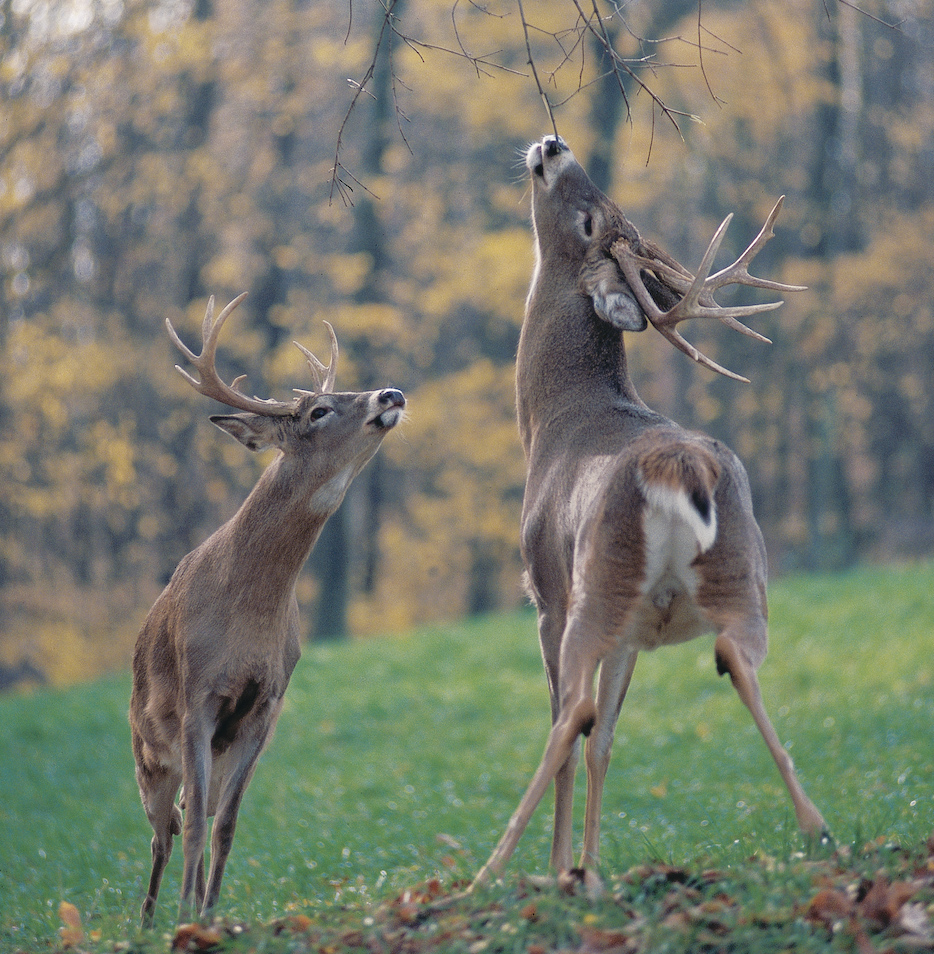A lifetime spent photographing and raising whitetails and being involved in some very interesting research caused Charles Alsheimer to rethink some of what he previously thought to be “gospel” regarding deer movement.
He was one of the first whitetail behaviorists to document the six factors that cause deer to move or stay on their bellies:
- Weather.
- Hormones.
- Herd sex ratios.
- Predators (man and beast).
- Food.
- Light (both sun and moon).

“Although each can trigger or suppress deer activity on its own, it’s when they work in concert with one another that they are most noticeable,” he wrote more than 30 years ago.
These insights on weather and how it affects deer movement educated generations of hunters on not only how they could better maximize their time afield, but also on the unique temperament of this game animal.
Alsheimer is also credited with popularizing the notion that barometric pressure is perhaps the No. 1 factor that dictates when deer will move.
“Whitetails can detect when barometric pressure is falling, even if the sky is clear,” he said. “They know when conditions are changing and their feeding habits can increase dramatically prior to the arrival of bad weather and after a front has passed.
“Through the years I’ve observed that whitetails typically move more when the barometer is moving, either up or down, than when it is steady. During this time, you’ll usually find periods of high humidity with fog, haze, rain or wet snow making up the weather system. When this happens, whitetails become secretive, especially in periods of dense fog. The sudden drop in temperature that often accompanies these fronts doesn’t cause whitetails to head for thick cover. Rather, it is caused by the unsettled weather associated with the leading edge of low-pressure fronts.”
He went on to explain how the greatest movement occurs if barometric pressure drops rapidly.
“With few exceptions, there will be little or no deer movement once the front arrives and the weather becomes nasty,” he said. “Then as the front passes and the weather returns to normal, whitetails and other wildlife start to move again.
“When the storm ends and the barometer rises, deer activity often increases dramatically, provided that air temperatures match the whitetail’s comfort zone.”
Several studies have been completed regarding the effects of barometric pressure on whitetail activity. Illinois biologist Keith Thomas found that greatest whitetail feedings occurred when barometric pressure was between 29.80 and 30.29 inches. When the barometer is falling or rising through this range, deer activity should be greatest.







![Air gun 101: The differences between .177 & .22 – Which jobs they do best ? [Infographic]](https://airgunmaniac.com/wp-content/uploads/2020/09/g44-218x150.jpg)



































